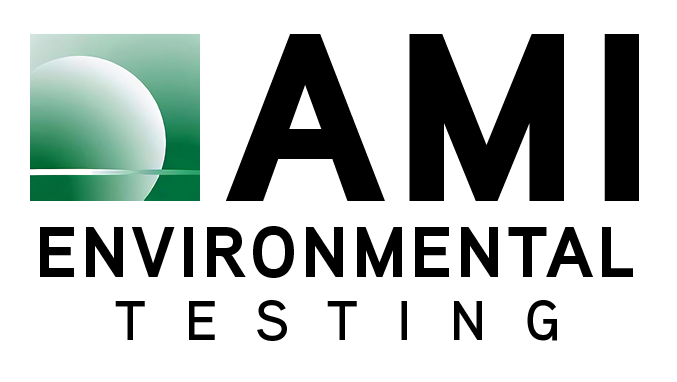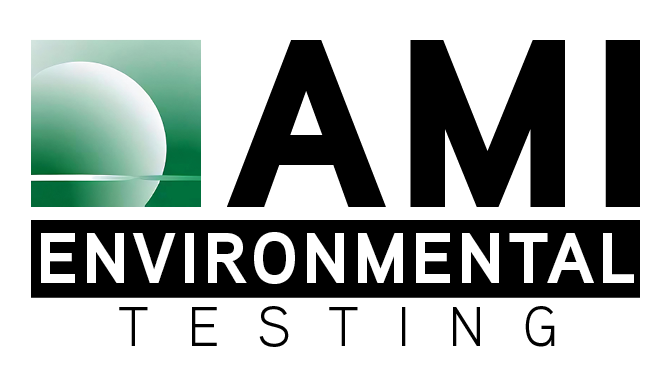For 25 years, noise-related hearing loss has been one of the most prevalent occupational health concerns for Americans. However, the Occupational Safety and Health Administration (OSHA) has been working along with the United States Department of Labor (USDOL) to help combat this growing problem. In this bulletin is information that businesses owners and employees should be aware of about workers safety.
What is Occupational Noise?
Occupational Noise is more than just a workplace nuisance. It is an issue of environmental safety and health for not only workers but a business’s bottom line. OSHA regulations state that the permissible exposure limit for a worker is 90 decibels for 8 hours. Anymore time spent in this environment can lead to some temporary or permanent hearing loss. For each increase of 5 decibels the length of time spent around a noise polluting machine needs to be cut in half.
Why is Occupational Noise prevention important?
The most effective way to prevent noise-induced hearing loss (NIHL) is through effective implementation of engineering noise controls at the source, between the source and receiver or at the receiver. Removing or reducing the cause of the noise exposure will always be the primary goal of any hearing conservation program. Since control of all excessive noise sources can extend the use of hearing protection as an immediate but interim option. However, there are situations where no feasible engineering controls exist, or they are not cost effective. Creating a situation where hearing protection becomes the principle means for preventing NIHL. In every workplace a “buy quiet” approach should be used when purchasing new or upgraded equipment. A “buy quiet” policy is implemented by including noise limits in the consideration to buy new equipment.
What precautions do employers need to recognize to minimize Occupational Noise?
There are many simple precautions to keep employees safe and stay compliant with OSHA’s standards. Every business should have a Hearing Conservation Program set in place to monitor not only the hearing ability of an employee but also track the amount of time they spend around noise polluting machines. In order to track which machines create the most noise and how much engineering controls will be needed to keep workers safe, workplace sampling should be implemented to stay up to date with workplace changes. Once both of those steps have been used, the easiest way to minimize polluting noise is to find the proper equipment to be used. This can be as simple as earmuffs or foam ear plugs that have been formed to keep out polluting sound that will keep employees safe. This not only bring peace of mind to the employees but it will also bring peace of mind to those in human resources and business owners.
How can AMI Environmental protect employees and the reputation of business?
At AMI Environmental, our main goal is to assist businesses and create a safe working environment, while adhering to government regulations. With decades of experience, our Industrial Hygiene Professionals purpose is to help our clients not only protect your workers but also manage risk. Allowing you to then enjoy the peace of mind knowing your employees will be protected from harm. AMI will work to establish and maintain a safe work environment, including surveying your facility for risks; provide testing within your facility; maintain testing protocol; and assist in the recording process. If you have any questions or concerns, please contact Doug Marshall at [email protected].



